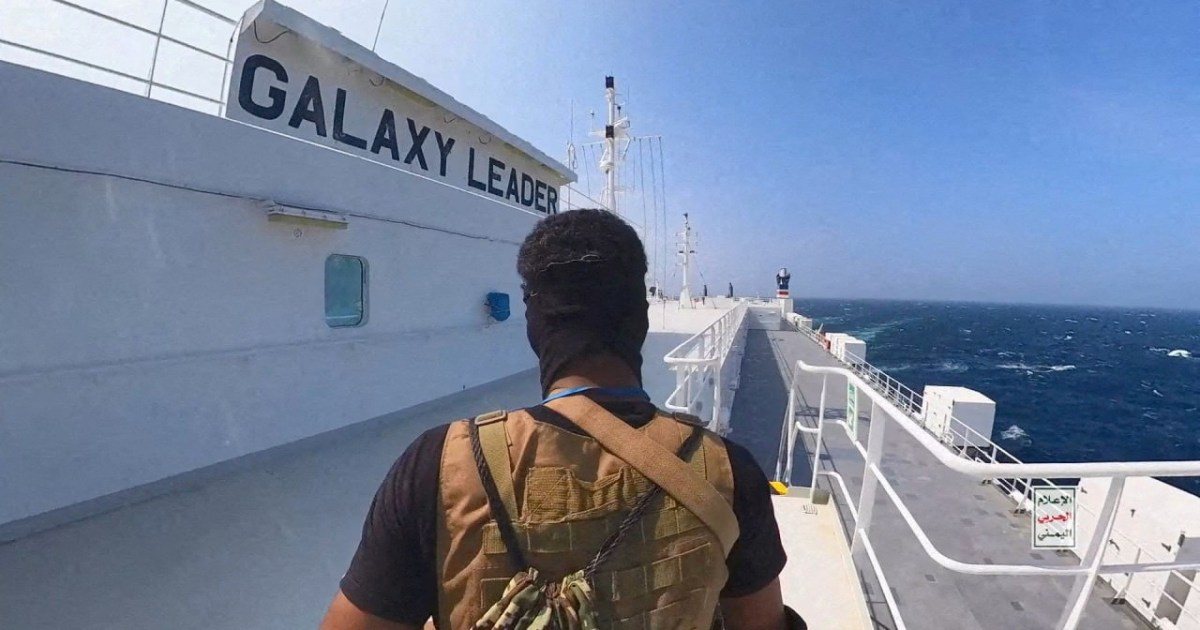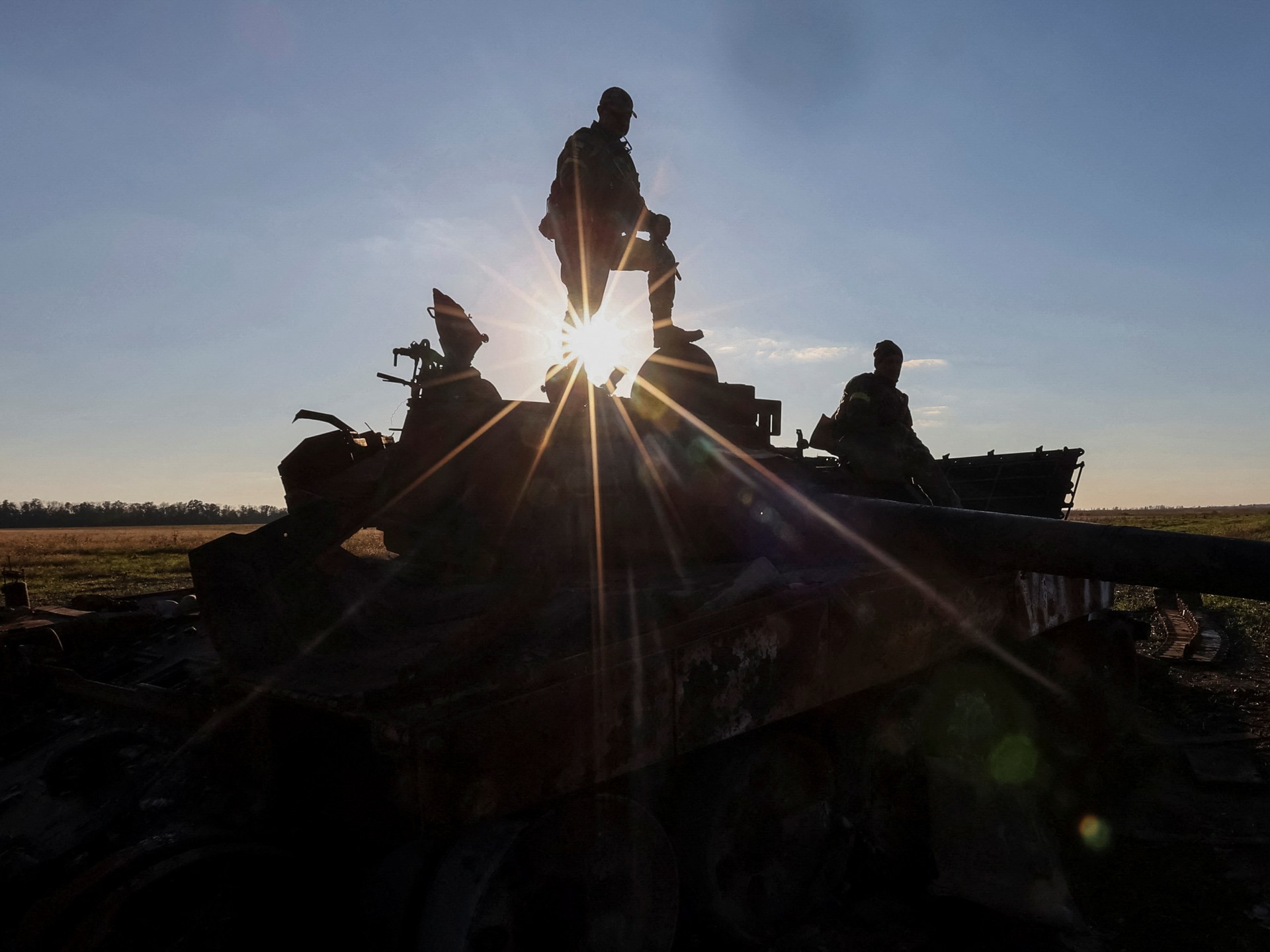It is time to rethink how we deliver aid to Syria | Syria’s War
A crucial UN Security Council resolution authorising cross-border aid deliveries to Syria without the approval of the Syrian government is due to expire in January. Since 2014, these deliveries have been a lifeline for millions of people living in rebel-held areas in the country’s north. A failure to pass an extension, amid worsening winter conditions and a global economic crisis, could result in a humanitarian catastrophe.
Contrary to the common perception that the situation in Syria has settled, and that Syrians no longer need urgent humanitarian aid, conditions especially in the rebel-held northwest have long been worsening. The Assad regime and Russia continue to block access to food, medicine and other vital necessities. The COVID-19 pandemic, the war in Ukraine, and the consequent global economic downturn have exacerbated the crisis. Soaring inflation in neighbouring Turkey also had a devastating effect on the economy in the region, where the Turkish lira is widely used along with the US dollar.
Today, some four million people in northwestern Syria are in urgent need of aid. More than 3.1 million internally displaced persons (IDPs) are food insecure. Clean water is scarce. Dangerous communicable diseases such as cholera are spreading as families favour spending the little money they have on food rather than cleaning products. The security situation is also worsening, with increasing clashes between armed factions, ISIL (ISIS) attacks, and government bombings. Just last month, rocket attacks on the Maram IDP camp in Idlib killed at least 10 civilians, including children.
Despite all this, we have been witnessing a sharp decline in humanitarian aid to Syria, first due to the COVID-19 pandemic and then the international funding shift towards the Ukraine crisis. As a result, humanitarian organisations are struggling to keep up with the widening gap between increasing needs and decreasing resources.
As the deadline for the renewal of the cross-border aid authorisation looms, there is a need to rethink how the international community delivers aid to Syria. There are certain steps that can be taken to ensure millions of Syrians, who already endured years of conflict, do not continue to suffer.
First, it should be recognised that Russia’s approval is not needed to deliver cross-border aid to Syria under International Humanitarian Law (IHL).
Moscow has been hindering international efforts to deliver aid to Syria’s besieged populations since the very beginning. It was Russia that required the UN Security Council (UNSC) resolution on cross-border aid to be renewed every six months – originally, renewal was annual – and it has constantly been threatening to allow the resolution to expire. Yet under IHL, all parties to the conflict have an obligation to allow humanitarian actors to deliver essential supplies to affected populations – no one gets to veto humanitarian action.
Currently, diplomatic attention is focused on ensuring the renewal of the cross-border aid resolution. But there is a need to shift focus, remember the international community’s responsibilities under IHL, and come up with alternative solutions that would keep aid flowing across the border in the event of a non-extension in January.
Several states and international organisations are already working towards this goal. The United Kingdom, for example, has led the creation of an alternative pool to facilitate the flow of funds to international and Syrian NGOs in the event of a non-renewal in January 2023. But the UN is unlikely to continue its cross-border aid operations without a UNSC resolution in line with its interpretation of what constitutes respect for the principle of state sovereignty. However, as a recent report commissioned by the American Relief Coalition for Syria (ARCS) compellingly argued, UN entities have a legal mandate to continue cross-border aid operations under international law. Recourse to the UNSC only perpetuates the politicisation of aid to Syria.
Second, at this point, the international community also needs to start thinking about changing the type of aid it provides to northern Syria. Beyond aiming to merely address basic, immediate humanitarian needs, parties should focus on facilitating development and building resilience in the region through longer-term projects focussed on sustainability and localisation. This is not simply a challenge of raising additional funding in a resource-scarce environment, but also better linking humanitarian and development efforts.
While some donors, such as Norway and Switzerland, are shifting towards multi-year funding and support for development programming in northwest Syria, there is much room for improvement.
Shifting to a longer-term approach that fosters economic recovery, builds service delivery capacity, and supports resilience would be beneficial even if the UNSC cross-border aid resolution gets another six-month extension in January since it would decrease the reliance of the region on external aid and support in the long term. And if the resolution is not extended, such an approach would become even more important.
Shifting the focus of international aid to capacity building is crucial also due to the potential for the large-scale return of Syrian refugees over the coming year.
In Turkey, where millions of Syrians are currently residing, anti-refugee rhetoric is gaining ground amid a rapidly deepening cost of living crisis. Ahead of the 2023 elections, opposition parties are capitalising on growing anti-refugee sentiment by pledging to relocate Syrians back to their home country en masse. President Recep Tayyip Erdogan’s ruling AK party has also taken up the refugee question. Erdoğan himself has talked about plans to send at least one million refugees back across the border.
The potential return of hundreds of thousands of refugees to Syria requires urgent attention from humanitarian and development agencies and donors. The increase in demand for the overstretched funds and financial resources will make it more difficult to even sustain the current low level of supply deliveries to those in need. Most refugees will not return to their places of origin but will become internally displaced persons in northwest Syria – an increasingly crowded territory struggling with economic and humanitarian crises. There are huge issues related to safety and security given the documented “human rights abuses and persecution at the hands of the Syrian government and affiliated militias” suffered by returnees from Jordan and Lebanon, in addition to continued fighting between non-state armed groups in areas outside of government control.
National and international organisations need to devise plans and forecast scenarios based on accommodating large numbers of returnees in all of northern Syria. The international community and the UN should step up their diplomatic efforts to ensure such negotiations are carried out in an organised manner that would allow for the safe and voluntary return of refugees.
In short, after years of faltering support, the international community has an obligation to enable the four million people trapped in northwest Syria not only to meet their basic needs but also to start building resilience.
In the short term, regardless of the UNSC cross-border aid resolution’s fate, unconditional access to vital aid, especially food and water, should be guaranteed for all Syrians. This necessitates international media coverage and fundraising campaigns to boost donations for the Syria crisis, which has largely slipped out of public consciousness with the proliferation of global crises. In the longer term, Syrians must be enabled to not merely survive but rebuild their lives and livelihoods.
The Syrian people must not be held hostage to politics.
The views expressed in this article are the author’s own and do not necessarily reflect Al Jazeera’s editorial stance.





Pingback: cartel oil
Pingback: Online medicatie kopen zonder recept bij het beste Benu apotheek alternatief in Amsterdam Rotterdam Utrecht Den Haag Eindhoven Groningen Tilburg Almere Breda Nijmegen Noord-Holland Zuid-Holland Noord-Brabant Limburg Zeeland Online medicatie kopen zonder r
Pingback: get penis bigger